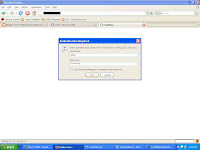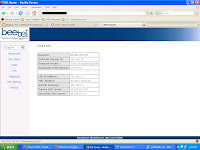
All of us hackers must have seen the movie: Die Hard 4, which demonstrates, among all other things, the breaking of the villains into CCTV cameras, during the whole movie. At first I thought it is not possible, but then, I leapt into the field of CCTV hacking, and what I eventually found out is what I am about to write in the next few paragraphs.
CCTV cameras are everywhere. In airports, in hospitals, in schools, in hostels, in offices, restaurants, government buildings, and where not!!!
CCTV cameras have a built in web server, which streams data on the World Wide Web. Yes, the WWW. And that's what we make use of. We can search for the vulnerable cams. If the web server is not set to avoid search engine crawls, then we can search it and access the cameras and see whatever is going on. Something I call - seeing the world.
So, all we have to do, is search for all those vulnerable CCTV cameras, and just access it. That's it - no passwords, no authentication. All you gotta know is the IP of the camera. The IP assigned to the camera. Every camera server has its IP. And the location of the file, that streams the contents of the camera. We can access multiple cameras through the same server, depending on whether or not the server gives us access to the camera argument. The server running is the Axis 2400 servers. That is, all we have to know is the vulnerability. I have to do more research on these stuffs, before I can tell how to do more advanced stuffs.
The main theory behind this type of surveillance is that, the file stored in these servers is located somewhere in the /axis-cgi/mjpg or the /axis-cgi/jpg directories. The files may be of the type swf (Flash movies) or it could be a cgi script. The root of this camera may also provide multi camera views and some administrative setups as well, which obviously is more fun.
This is coming in the search string, when we search for the vulnerable cams. In this demo, I'll give you the IP of the CCTV server in the Stuttgart airport in Germany. The IP is 195.243.185.195 and here's a screen shot of that airport's various cameras:

Just make sure you don't do anything stupid enough to drive the German cops to your home!!!
;)
Till then, happy surveillance!!!










